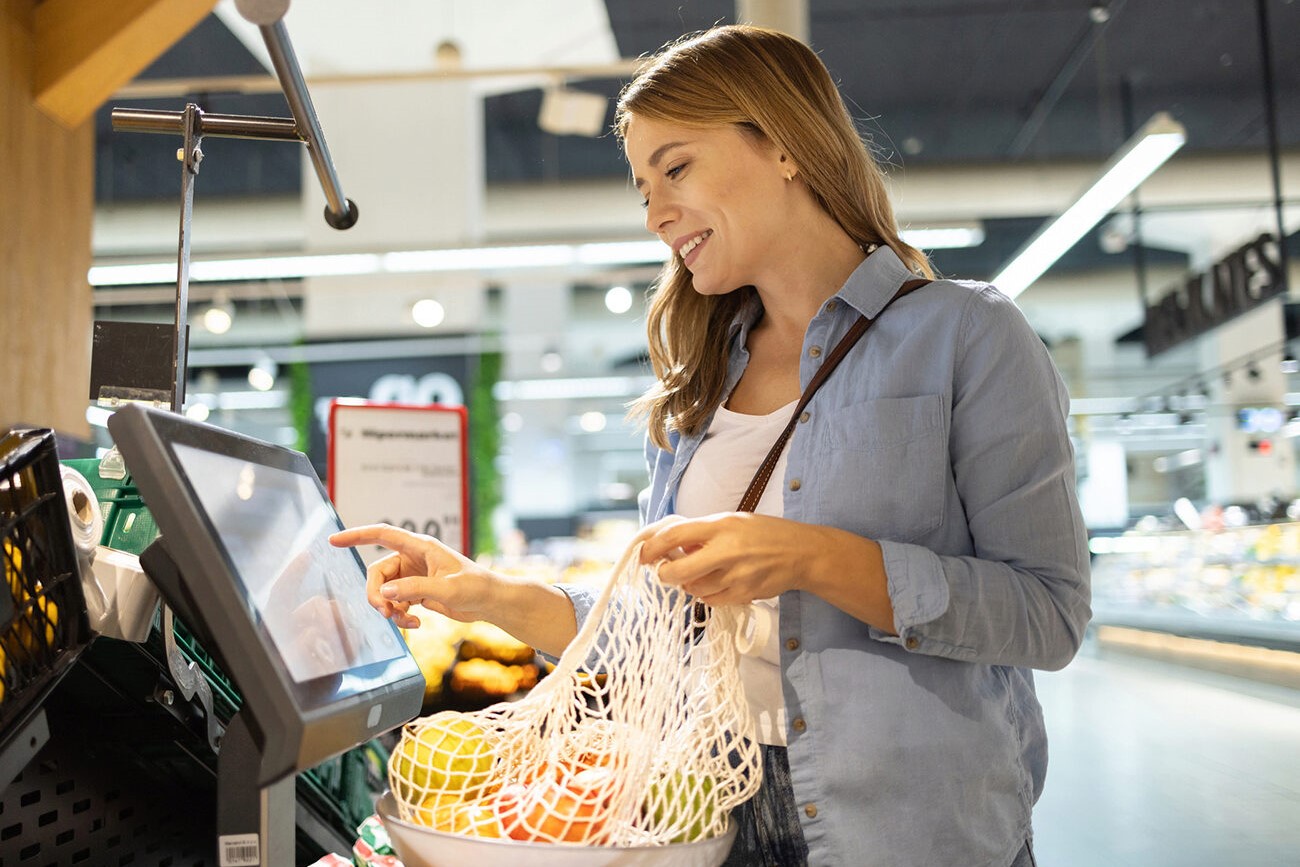
Self-checkout machines have become a common sight in many stores, but how much do you really know about them? These handy devices offer a quick way to pay for your items without waiting in line for a cashier. But there's more to them than meets the eye. Did you know that the first self-checkout machine was introduced in the 1990s? Or that these machines can actually help reduce theft? In this blog post, we'll share 20 surprising facts about self-checkout that might change the way you see them. From their history to their impact on shopping habits, get ready to learn something new!
The Rise of Self-Checkout
Self-checkout systems have become a common sight in many stores. They offer convenience and speed, but there's more to them than meets the eye. Here are some fascinating facts about self-checkout.
-
First Introduced in the 1990s: Self-checkout systems first appeared in the 1990s. They were initially met with skepticism but quickly gained popularity due to their efficiency.
-
Reduces Wait Times: These systems significantly reduce wait times for customers. By allowing multiple people to check out simultaneously, lines move faster.
-
Cost Savings for Retailers: Retailers save money by using self-checkout systems. They require fewer staff members to operate, reducing labor costs.
-
Increased Accuracy: Self-checkout systems are designed to be highly accurate. They minimize human error, ensuring that customers are charged correctly for their purchases.
Technology Behind Self-Checkout
The technology that powers self-checkout systems is both complex and fascinating. Let's dive into some key aspects.
-
Barcode Scanners: These systems use advanced barcode scanners to read product information quickly. This technology ensures that items are scanned accurately and efficiently.
-
Weight Sensors: Weight sensors are used to verify that the correct items are placed in the bagging area. If the weight doesn't match the scanned items, the system alerts the user.
-
Touchscreen Interfaces: Touchscreen interfaces make self-checkout systems user-friendly. They guide customers through the checkout process step-by-step.
-
Security Features: Self-checkout systems include various security features to prevent theft. These can range from cameras to software that detects unusual behavior.
Benefits for Customers
Self-checkout systems offer numerous benefits for customers, making shopping a more pleasant experience.
-
Privacy: Customers appreciate the privacy that self-checkout provides. They can scan and bag their items without interacting with a cashier.
-
Control Over the Process: Shoppers have more control over the checkout process. They can take their time scanning items and packing bags as they prefer.
-
24/7 Availability: Many stores with self-checkout systems can operate 24/7. This is especially convenient for late-night or early-morning shoppers.
-
Reduced Human Interaction: For those who prefer minimal human interaction, self-checkout is ideal. It allows for a quick, independent shopping experience.
Challenges and Criticisms
Despite their benefits, self-checkout systems are not without their challenges and criticisms.
-
Technical Glitches: These systems can sometimes experience technical glitches. Issues like unresponsive touchscreens or barcode scanner errors can frustrate customers.
-
Job Loss Concerns: One major criticism is the potential for job loss. As self-checkout systems become more prevalent, fewer cashiers are needed.
-
Learning Curve: Some customers find self-checkout systems difficult to use. Elderly individuals or those not tech-savvy may struggle with the technology.
-
Theft and Fraud: Self-checkout systems can be vulnerable to theft and fraud. Some customers may intentionally or unintentionally fail to scan items.
Future of Self-Checkout
The future of self-checkout systems looks promising, with continuous advancements and innovations on the horizon.
-
AI Integration: Artificial intelligence is being integrated into self-checkout systems. AI can help improve accuracy and detect suspicious behavior more effectively.
-
Mobile Payment Options: Mobile payment options are becoming more common. Customers can use their smartphones to pay, making the process even more convenient.
-
Voice Assistance: Voice-assisted self-checkout systems are in development. These systems will guide customers through the checkout process using voice commands.
-
Personalization: Future self-checkout systems may offer personalized experiences. They could remember customer preferences and suggest products based on past purchases.
The Future of Self-Checkout
Self-checkout has changed how we shop. It's fast, convenient, and often more efficient. Stores save on labor costs, and customers enjoy shorter lines. But it’s not perfect. Some folks miss the human touch, and others find the technology tricky.
Despite these hiccups, self-checkout is here to stay. Retailers are investing in better tech to make it even smoother. Expect more stores to adopt it and for the systems to get smarter.
Next time you’re at the store, give self-checkout a try if you haven’t already. It’s a glimpse into the future of shopping. Whether you love it or hate it, self-checkout is shaping the way we buy our groceries and other goods. Embrace the change, and see how it fits into your shopping routine.
Was this page helpful?
Our commitment to delivering trustworthy and engaging content is at the heart of what we do. Each fact on our site is contributed by real users like you, bringing a wealth of diverse insights and information. To ensure the highest standards of accuracy and reliability, our dedicated editors meticulously review each submission. This process guarantees that the facts we share are not only fascinating but also credible. Trust in our commitment to quality and authenticity as you explore and learn with us.


